help w/ patio pitched incorrectly & rebuild
dinosaur1
12 years ago
Related Stories

STANDARD MEASUREMENTSThe Right Dimensions for Your Porch
Depth, width, proportion and detailing all contribute to the comfort and functionality of this transitional space
Full Story
ARCHITECTUREHouse-Hunting Help: If You Could Pick Your Home Style ...
Love an open layout? Steer clear of Victorians. Hate stairs? Sidle up to a ranch. Whatever home you're looking for, this guide can help
Full Story
ORGANIZINGHelp for Whittling Down the Photo Pile
Consider these 6 points your personal pare-down assistant, making organizing your photo collection easier
Full Story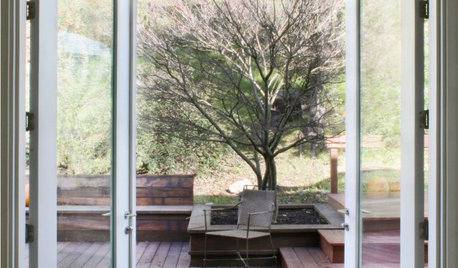
MOST POPULARFind the Right Glass Door for Your Patio
It’s more than just a patio door — it’s an architectural design element. Here’s help for finding the right one for your home and lifestyle
Full Story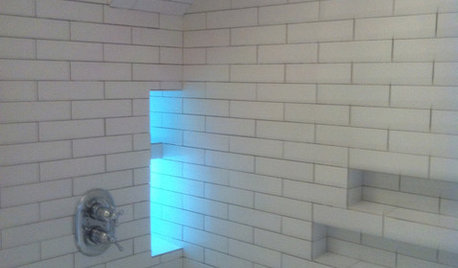
BATHROOM DESIGN10 Top Tips for Getting Bathroom Tile Right
Good planning is essential for bathroom tile that's set properly and works with the rest of your renovation. These tips help you do it right
Full Story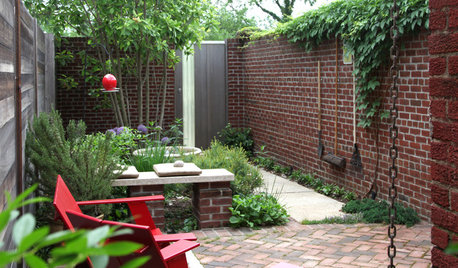
LANDSCAPE DESIGNHow Brick Fits Into Today’s Gardens
Natural brick is often considered a traditional building material. Here’s how people are using it in contemporary gardens too
Full Story
MOST POPULAR8 Budget-Friendly Ways to Fun Up Your Patio
Amp up the charm, comfort and personality of your outdoor space with drapery, lighting and more
Full Story
HOME OFFICESQuiet, Please! How to Cut Noise Pollution at Home
Leaf blowers, trucks or noisy neighbors driving you berserk? These sound-reduction strategies can help you hush things up
Full Story
LAUNDRY ROOMSKey Measurements for a Dream Laundry Room
Get the layout dimensions that will help you wash and fold — and maybe do much more — comfortably and efficiently
Full Story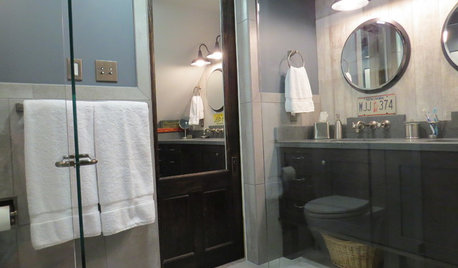
BATHROOM DESIGNSee the Clever Tricks That Opened Up This Master Bathroom
A recessed toilet paper holder and cabinets, diagonal large-format tiles, frameless glass and more helped maximize every inch of the space
Full Story








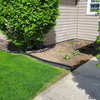
melvalena
dinosaur1Original Author
Related Professionals
Cary Landscape Architects & Landscape Designers · Manorville Landscape Architects & Landscape Designers · North New Hyde Park Landscape Architects & Landscape Designers · Roosevelt Landscape Architects & Landscape Designers · Simi Valley Landscape Architects & Landscape Designers · Winder Landscape Architects & Landscape Designers · Surprise Landscape Contractors · Maple Valley Landscape Contractors · Brandon Landscape Contractors · Bridgeport Landscape Contractors · Cambridge Landscape Contractors · Cupertino Landscape Contractors · Siloam Springs Landscape Contractors · Kansas City Decks, Patios & Outdoor Enclosures · Malden Swimming Pool BuildersYardvaark
dinosaur1Original Author
Yardvaark
laag
duluthinbloomz4
dinosaur1Original Author
karinl
dinosaur1Original Author
karinl
dinosaur1Original Author
dinosaur1Original Author
laag
karinl
L.Ann
karinl
dinosaur1Original Author
dinosaur1Original Author
laag
dinosaur1Original Author
bahia
dinosaur1Original Author
dinosaur1Original Author
reyesuela